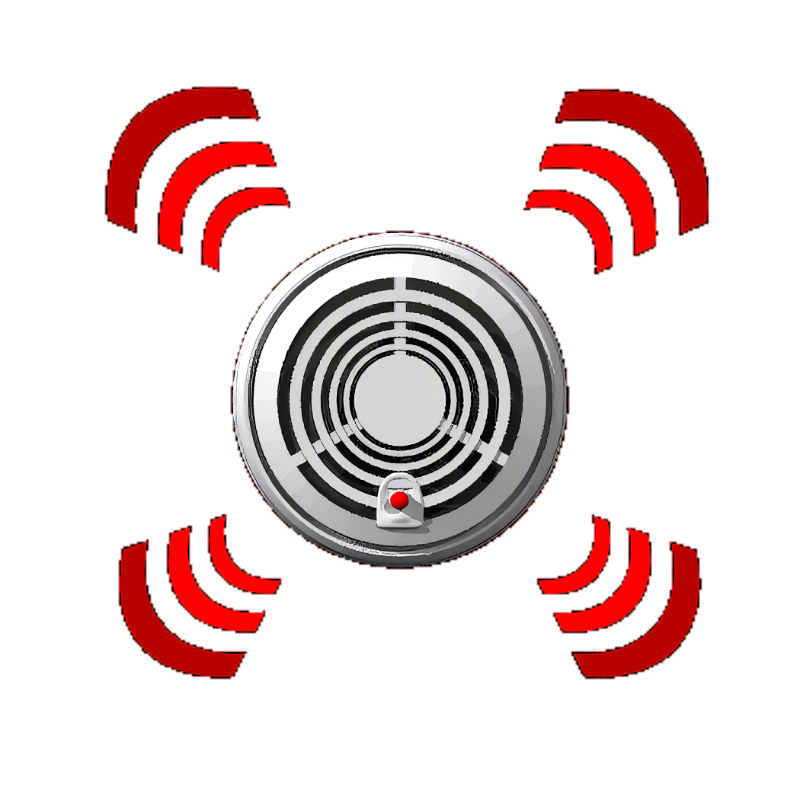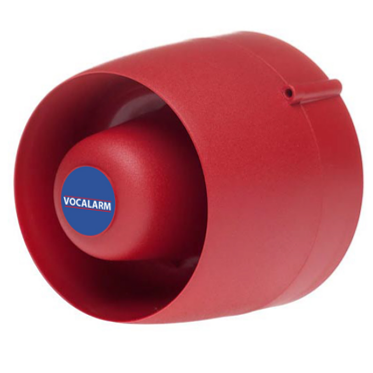Mastering Staged Evacuation with Audible Alarms
In emergency situations, the effective use of audible alarms is crucial to ensure the safe and orderly evacuation of occupants. Staged evacuation is a strategic approach that divides a building into zones and facilitates a phased evacuation process. By understanding and implementing the strategies suggested, you can enhance the efficiency, safety, and overall success of your evacuation procedures.
Understanding Staged Evacuation
Staged evacuation involves dividing a building into distinct zones based on their proximity and level of danger. This approach offers numerous benefits, including optimized evacuation routes, prevention of overcrowding, reduced panic, and improved prioritization of rescue efforts. By adopting staged evacuation strategies, organizations can effectively manage emergencies and ensure the orderly evacuation of occupants.
To implement staged evacuation successfully, it is essential to select and deploy audible alarms strategically.
Start by determining alarm zones within the building, assigning specific alarms to each zone. These alarms should have distinct tones that are easily recognizable and distinguishable from one another. This ensures clear communication and allows occupants to identify the specific evacuation instructions related to their zone.
Synchronizing the audible alarms within each zone is crucial. This coordination helps to avoid confusion or conflicting instructions during a staged evacuation. By synchronizing the alarms, occupants receive consistent and harmonized signals, promoting a sense of order and facilitating an organized evacuation process.


What More should you know?
Communication and Education: Clear instructions are vital for a successful staged evacuation. Alongside audible alarms, provide easily understandable instructions that guide occupants on evacuation procedures and routes.
This information can be conveyed through signage, digital displays, or public address systems, reinforcing the audible alarms and ensuring everyone comprehends their role and responsibilities during the evacuation.
Regular drills and training sessions are essential for preparing occupants for staged evacuations. By conducting evacuation drills, individuals become familiar with the sound of the alarms, evacuation procedures, and the designated meeting points for their respective zones.
Training sessions reinforce the importance of following evacuation protocols and create a culture of preparedness among occupants.
Integration with Emergency Systems: Incorporating advanced technologies into the staged evacuation process enhances its effectiveness.
Integration with building management systems or fire alarm control panels enables automated activation of the audible alarms, zone-specific notifications, and real-time monitoring. These integrations streamline the evacuation process, allowing for swift and accurate response coordination.
To ensure inclusivity, consider supplementary communication methods in conjunction with audible alarms. Visual alarms, digital signage, or public address systems can be employed to cater to individuals with hearing impairments or those who may not be able to rely solely on audible cues.
Highlights To Remember
Strategic zone division is key.
use distinctive and audible alarms
Provide clear evacuation instructions
Conduct regular drills and trainings
IntegratE with OTHER Emergency Systems
WHEN IN DOUBT, SPEAK TO AN EXPERT
Still have unanswered questions?
Our experience in alarm applications expands beyond what we have available online. We’re here to help if we can.


